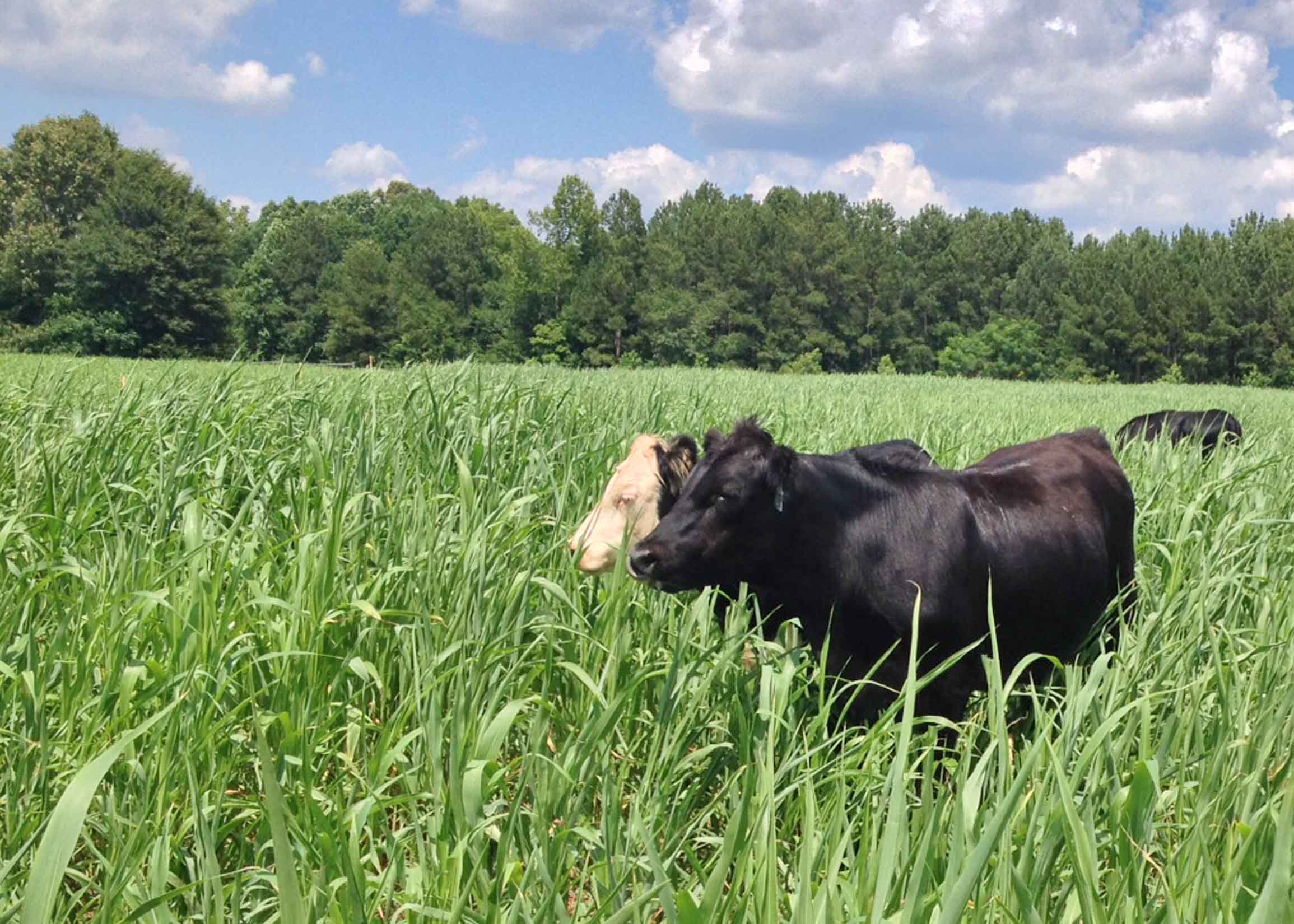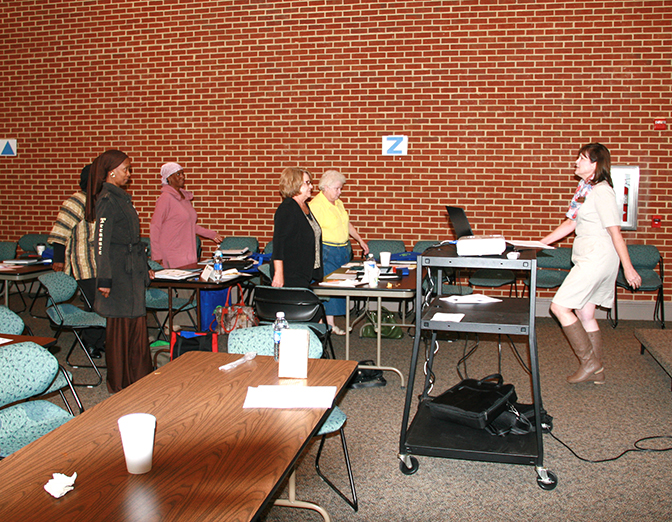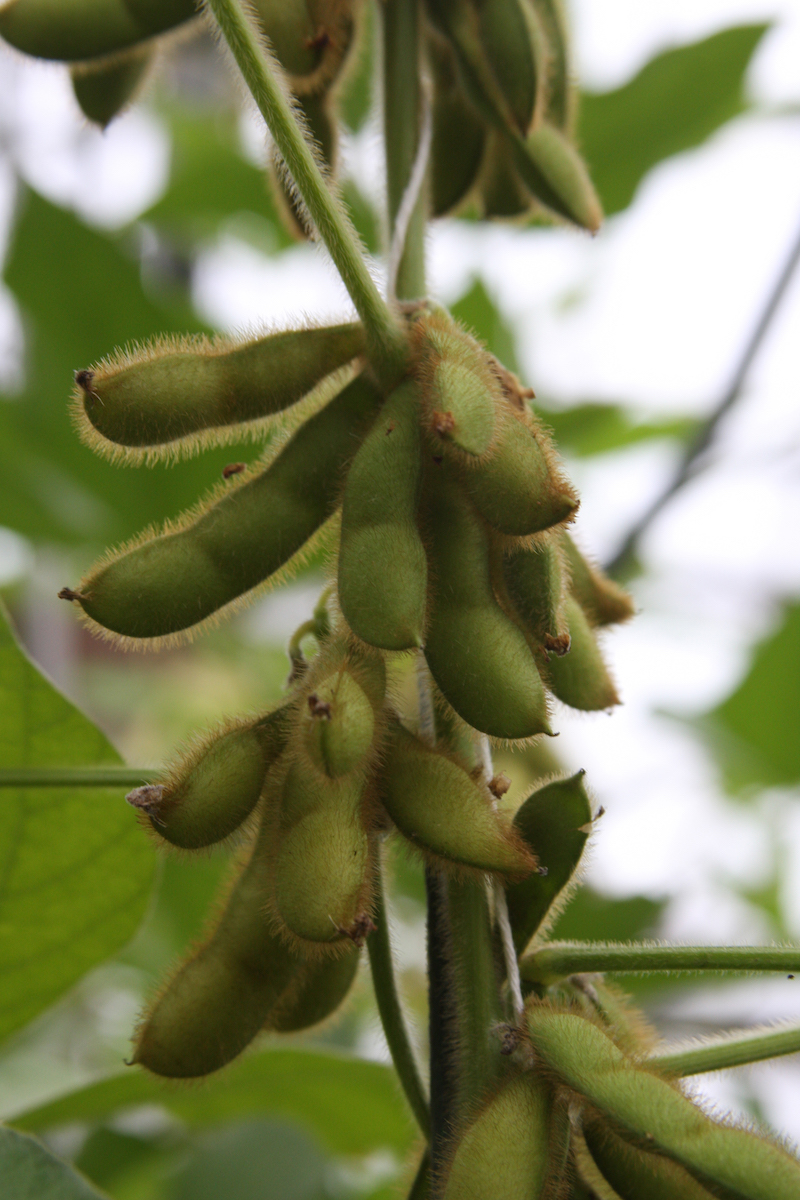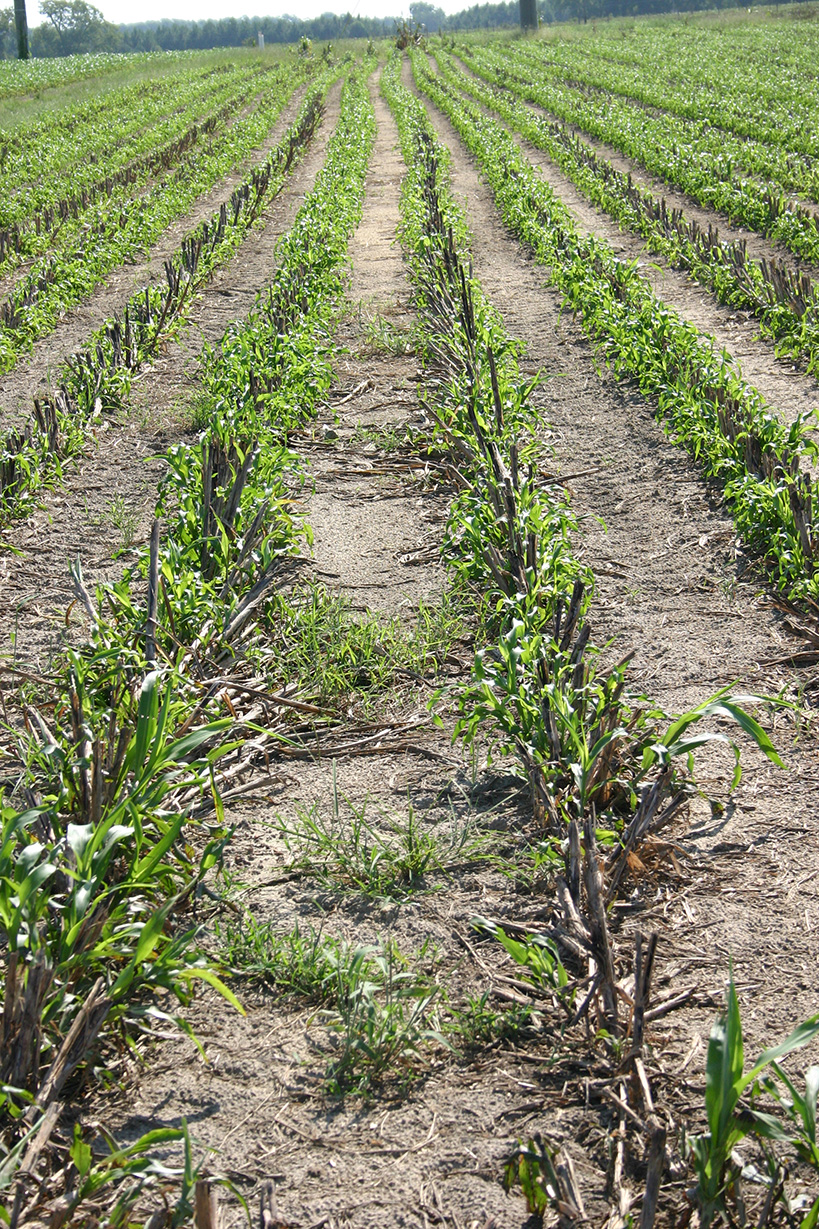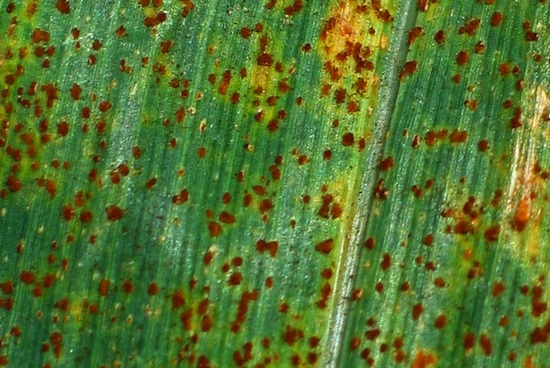 CAES News
CAES News
El Nino 2016
University of Georgia Cooperative Extension plant pathologist Bob Kemerait cautions Georgia corn farmers about the El Nino weather pattern that will likely interfere with planting this March. A delay would increase the likelihood of diseases too, so Kemerait advises growers to plant resistant varieties and be ready to apply fungicides earlier than normal.

.jpg)
